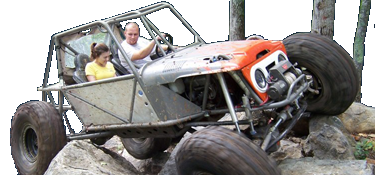If by "cast" you mean cast aluminum, then they should be quite a bit lighter than steel wheels. The 16x8.5 cast aluminum wheels I have are in the low 20 pound range. Comparable steelies are in the 35-40lb range.
As far as cost differences, as a raw material, aluminum is about 4 times more expensive than steel. Steel wheels are fabricated, so they can stamp/roll/weld a couple pieces together, and the only machining required is the center bore and bolt pattern (that may be stamped also). For cast aluminum wheels, the basic form of the wheel is cast by pouring molten aluminum into a pattern with additional material on it, but EVERY surface has to be machined. This adds a lot of time and cost. Yet some cast wheels are $75, and some are $300+. So you're also paying for the name and style.
Since we're on the topic, forged aluminum wheels are made from a solid block of aluminum that is formed into a rough shape by a huge press (millions of pounds of force). This process starts with a stronger and more consistent material, and that material is then further strengthened by the mechanical working in the forging process. It also is more uniform in strength and internal stresses, whereas a casting is never consistent. The forging also has additional material on the rough form, and every surface has to be machined.
For strength, it really depends on the design. Steel is stronger than aluminum, but because of weight concerns and wheel designs, a forged aluminum wheel is generally stronger than steel wheel options.


